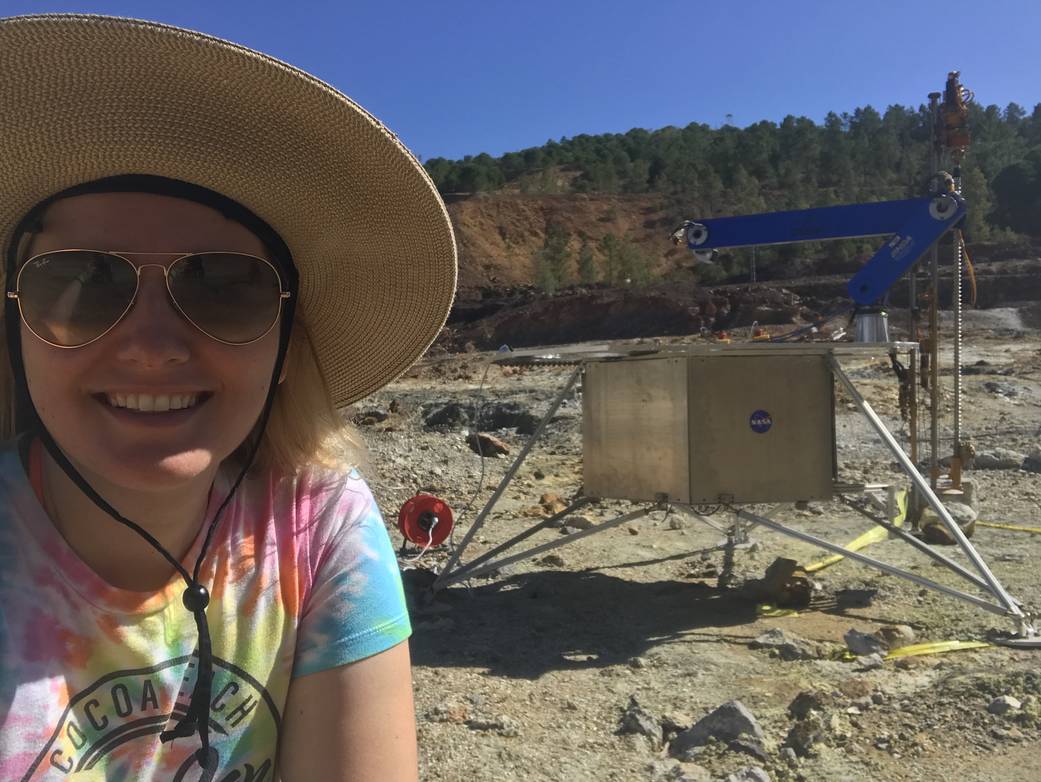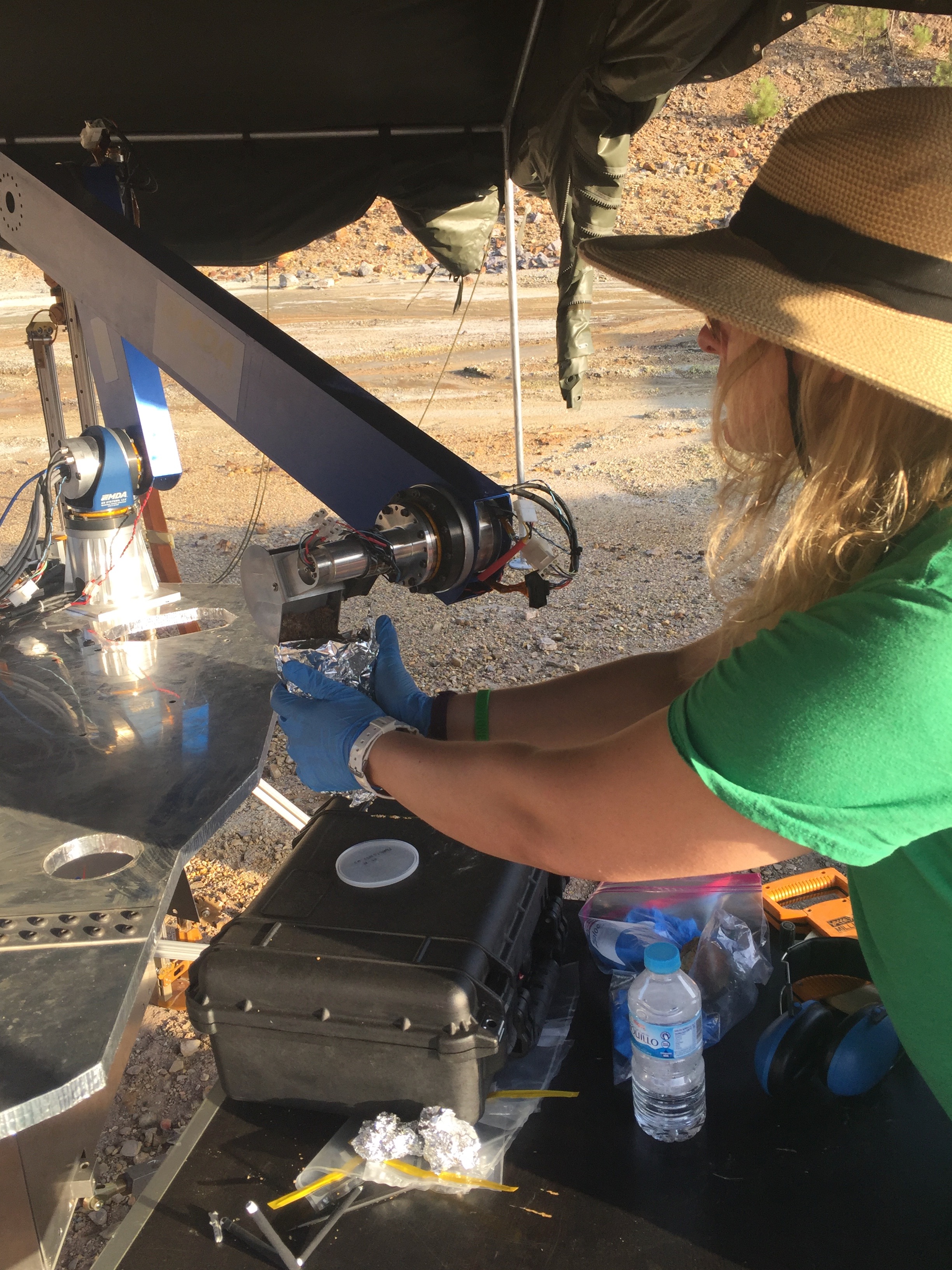To be an astronaut, you’ve got to dig deeper. This is something Deniz Burnham, a newly selected NASA astronaut candidate, knows well. No, really. At the time of her selection as a NASA astronaut candidate, Burnham had spent more than a decade in the energy industry managing drilling optimization projects and emission reduction strategies for drilling rigs. She began her career as a field engineer on a remote oil rig in Prudhoe Bay, Alaska, and as a lead field engineer, she was responsible for all aspects of the measurement and logging during drilling operations at drilling rig sites throughout the Arctic. In 2011, Burnham was selected for a 15-month intensive training and evaluation program in various locations throughout Wyoming and Texas to prepare for an on-site leadership position as a drilling well site leader. She went on to lead onsite operations for about nine years on drilling rigs in Canada, Ohio, and Texas.
She launched her career with NASA when she interned in the Drilling and Automated Sample Acquisition Lab at NASA’s Ames Research Center in California’s Silicon Valley. There she worked alongside engineers and roboticists exploring the edge of what’s possible in drilling automation and acquiring samples for science missions on the surface of other planets or the Moon. She served as a field engineer supporting Ames-led tests of drilling and sampling prototype instruments, as part of the Life-detection Mars Analog Project’s deployment at the Rio Tinto, Spain, Mars-analog site in the summer of 2017.
The experience she gained at Ames will be put to use as she reports for duty at NASA’s Johnson Space Center in Houston in January 2022. The new astronaut candidates will begin two years of training, which for Burnham includes honing her complex robotics skills that one day could be used to acquire scientific samples and local resources while on deep space missions to the surface of destinations in our solar system, like the Moon and Mars.





























